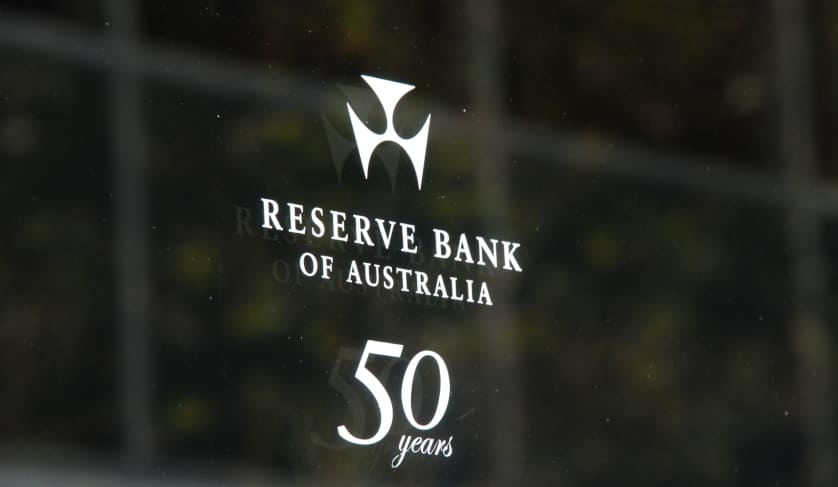What the RBA wants you to know about changing from IO to P&I
Despite the benefits of interest-only loans for investors, the regulatory measures imposed on investors and these loans mean that principal and interest loans are being considered more and more, according to the RBA. Here’s what it means for investors.

According to the RBA, about two-thirds of interest-only (IO) loans are set for expiration by 2020. During this time and over the next three years, $120 billion worth of interest-only loans will roll over to principal and interest (P&I) loans. What would this shift look like, and will it change the investing landscape?
Speaking at an industry briefing hosted by the Housing Industry Association (HIA), the RBA’s assistant governor, Christopher Kent, said that lenders are finding IO loans more and more of a risk to lend out, and as such are placing more scrutiny on those who apply for them.
In comparison, P&I loans have less scrutiny and can improve an investor’s chances of securing finance.
However, while borrowers would be paying less interest, the principal part would result in the changeover seeing an increase of approximately $7,000 per year on an average $400,000 loan.
“This is a non-trivial sum for the household concerned,” Mr Kent said.
The knock-on effect of this would be, according to Mr Kent, a relatively modest impact on cash flow according to this estimate, which assumes the cash rate will hold over a five-year period.
“Even so, there are a number of reasons why the actual cash flow effect is likely to be even less than this. More importantly, the actual effect on household consumption is likely to be lower still,” Mr Kent said.
How can investors moving from an IO loan prepare for P&I? According to Mr Kent, borrowers in such a position can:
Save additional money
By anticipating the move to pay off an overall higher loan, borrowers can save themselves some trouble by saving money to pay more off.
“Many borrowers make provisions ahead of time for the rise in required repayments. It is common for borrowers to build up savings in the form of offset accounts, redraw balances or other assets. They can draw upon these to cover the increase in scheduled payments or reduce their debt,” the RBA assistant governor said.
“Others may not even need to draw down on existing savings. Instead, they can simply redirect their current flow of savings to cover the additional payments. In either case, such households are well placed to accommodate the extra required payments without needing to adjust their consumption very much, if at all.”
He said that borrowers who have been on an IO loan for a while will have no or low accumulated offset or redraw balances, especially for investors, due to maximising tax-deductible interest.
“However, in comparison to households that only hold owner-occupier debt, there is evidence that investors tend to accumulate higher savings in the form of other assets (such as paying ahead of schedule on a loan for their own home, as well as accumulating equities, bank accounts and other financial instruments),” Mr Kent said.
Refinance their loan
Borrowers also have the option of refinancing their home loan for an investment property to an IO loan, or enter into a new, longer P&I loan, which can reduce the cost of required payments.
“Any such refinancing will reduce the demands on a borrower’s cash flows for a time. However, it is worth noting that by further delaying regular principal repayments, eventually those repayments will be larger than otherwise,” Mr Kent said.
These options should be viable, as RBA data indicates those who cannot “are in the minority”.
“More importantly, most [borrowers] appear to be in a position to service the additional required payments. Indeed, the tightening of loan serviceability standards a few years ago was no doubt helpful in that regard,” Mr Kent said.
“Some fraction of interest-only borrowers may have used the reduced demands on their cash flows during the interest-only period to spend more than otherwise. However, the available data, and our liaison with the banks, suggest that there are only a small minority of borrowers who will need to reduce their expenditure to service their loans when their interest-only periods expire.”
Sell a property
In the worst-case scenario, if a loan is unmanageable, borrowers could also sell a property in order to repay it, but this situation is one that investors are not facing as much as owner-occupiers are, according to the assistant governor.
Mr Kent believes the move from IO to P&I loans is not grounds for thinking the tightening of IO loans by APRA were “unwarranted — far from it”.
“The tightening in standards starting in 2014 has helped to ensure that borrowers are generally well placed to service their loans,” Mr Kent said.
“The limit on new interest-only lending more recently has prompted a reduction in the use of those loans during a time of relatively robust growth of employment and still very low interest rates. In this way, it has helped to lessen the risk of a larger adjustment later on in what could be less favourable circumstances.”

